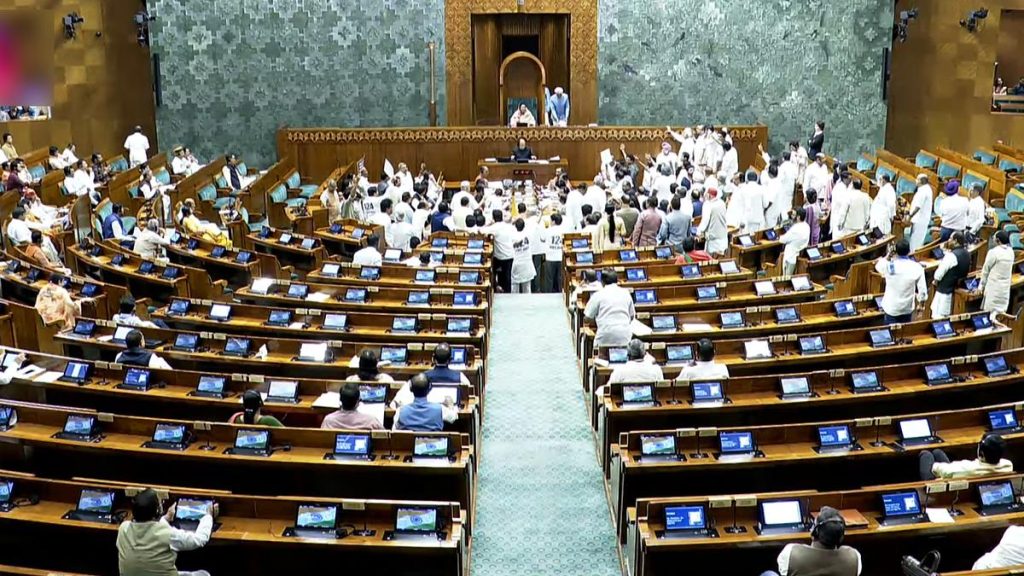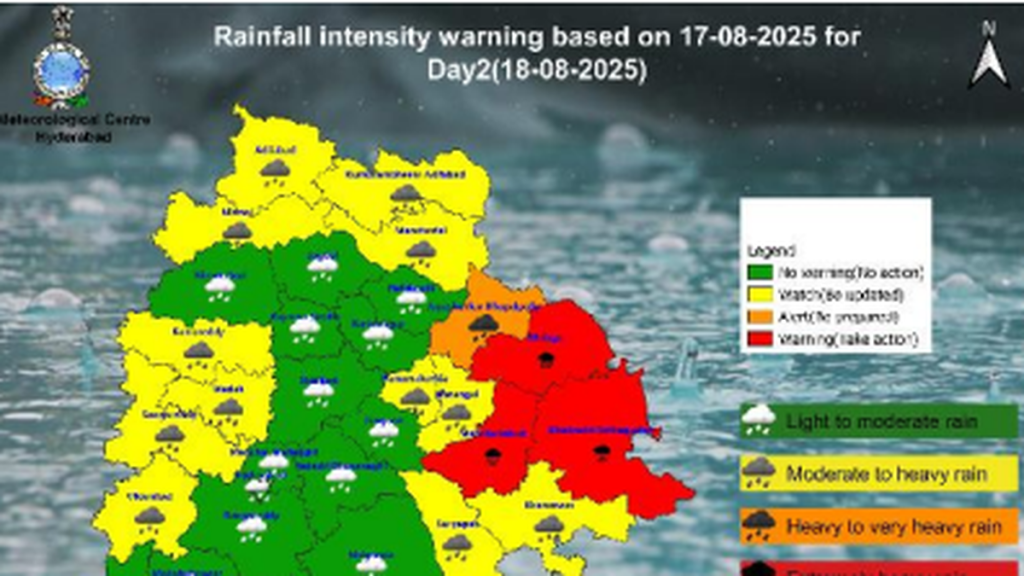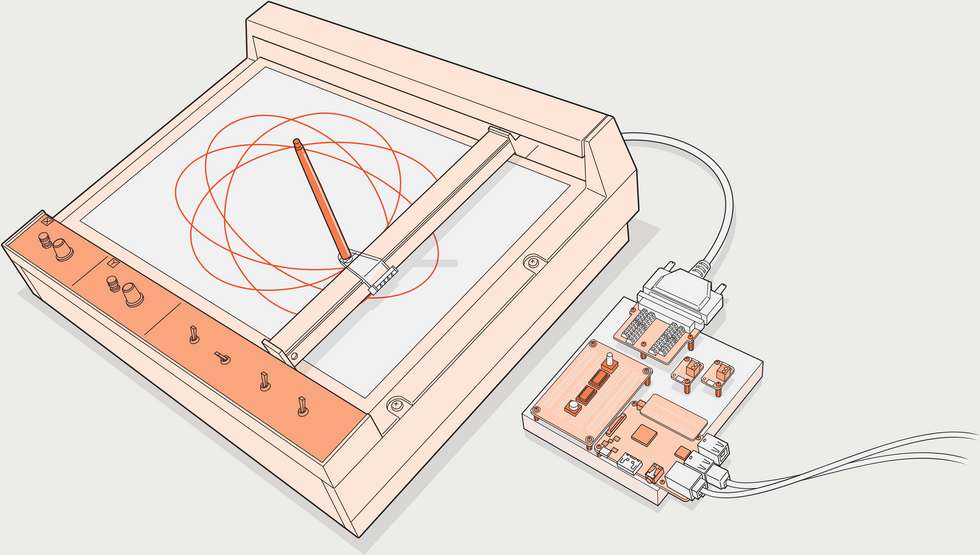Now Reading: Crucial Hurricane Detection Satellite Data Lost, Say Forecasters
-
01
Crucial Hurricane Detection Satellite Data Lost, Say Forecasters
Crucial Hurricane Detection Satellite Data Lost, Say Forecasters

Swift Summary
- Hurricanes display complex three-dimensional structures, which are critical to analyze for forecasting.
- Defense Meteorological Satellite Program (DMSP) satellites, providing valuable microwave data to detect hurricane intensification, will cease non-Department of Defense data sharing by June 30.
- Microwave sensors provide detailed insights into storm cores that cannot be obtained through visible or infrared imaging, particularly during nighttime.
- These data are essential for detecting rapid intensification of hurricanes and accurately locating storm centers-crucial for forecast accuracy and warnings.
- The shutdown will reduce microwave-data-providing satellites from six to three, limiting availability, especially for storms far out in the ocean where aircraft cannot monitor closely.
- The reasons behind the shutoff appear related to security concerns rather than funding issues; these data remain accessible only within U.S. Department of Defense networks.
- Scientists warn this loss alongside cuts in NOAA resources could compromise forecasts substantially during hurricane season.
Indian Opinion Analysis
The impending cutoff of crucial microwave satellite imagery underscores how dependent forecasting systems can become on specialized data sources. India’s own meteorological efforts rely heavily on multispectral satellite technology for accurate weather predictions over vast geographies characterized by unpredictable monsoons and cyclonic events. This development indirectly highlights a vulnerability: when any critical dataset is disrupted or restricted due to external factors like security concerns or budgetary limitations.For India-a nation frequently affected by tropical cyclones-prioritizing redundant systems capable of capturing similar high-resolution imaging might mitigate risks associated with reliance on limited resources. Moreover, learning from global experiences such as this emphasizes the need to safeguard accessibility and open collaboration between nations’ meteorological agencies amidst growing climatic uncertainties worldwide.
If similar constraints were faced domestically due to geopolitical restrictions or technical outages on shared datasets within regional agreements like SAARC’s Disaster Management Center cooperation framework-it could seriously hamper disaster preparedness across South Asia.Read More
























